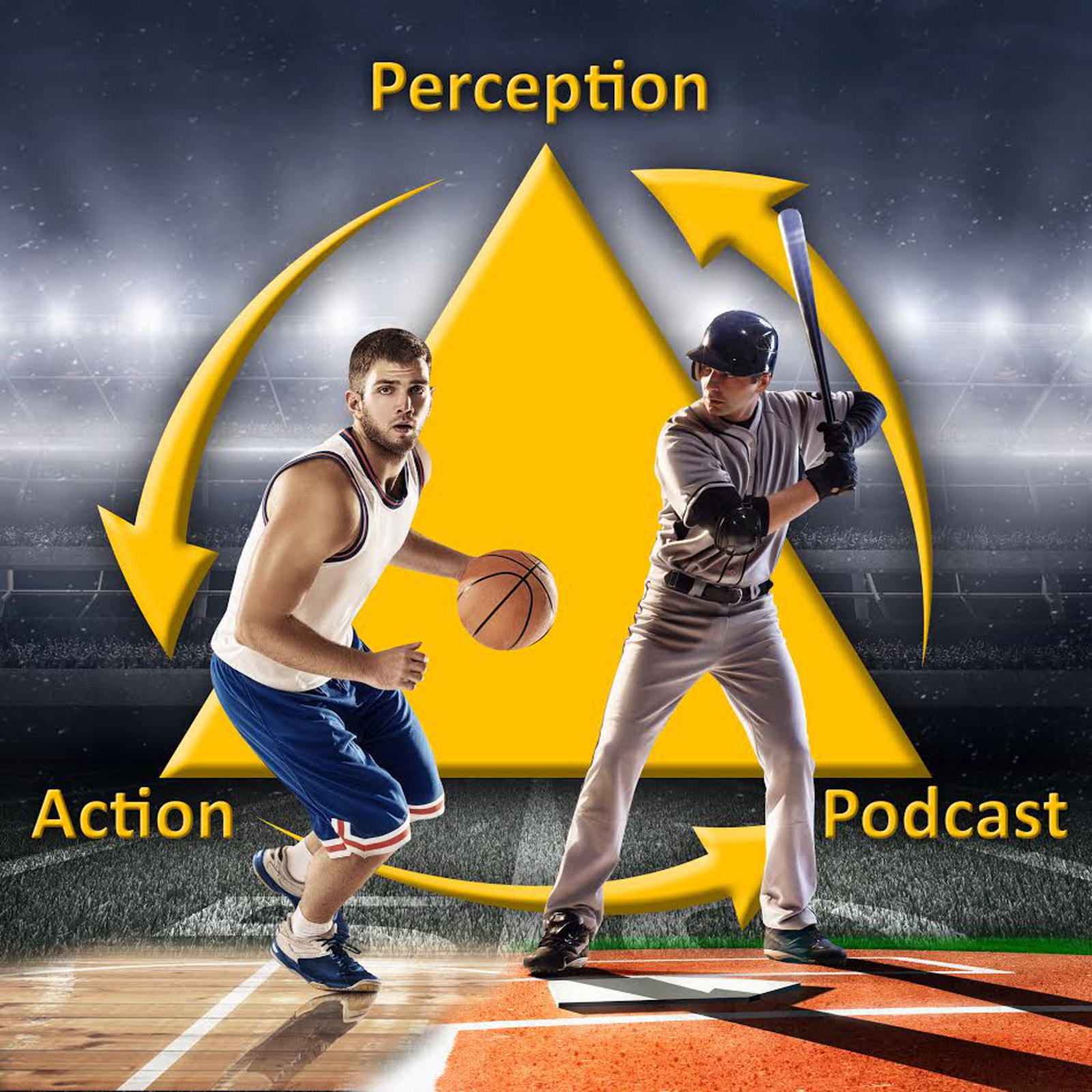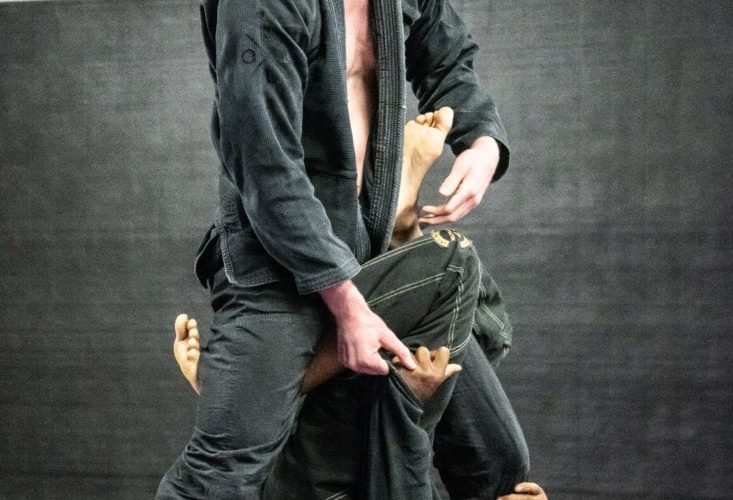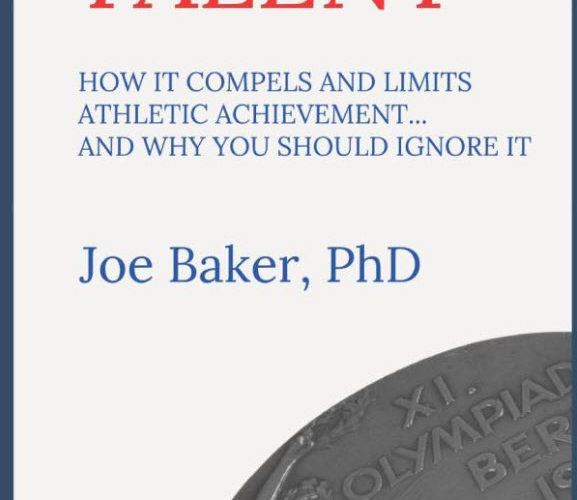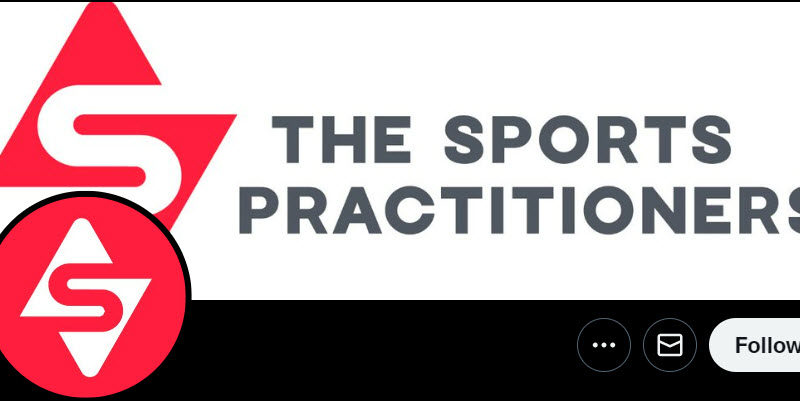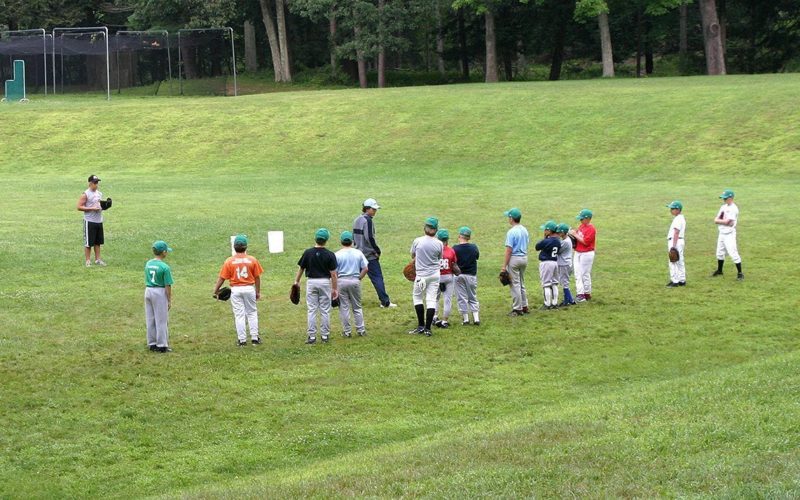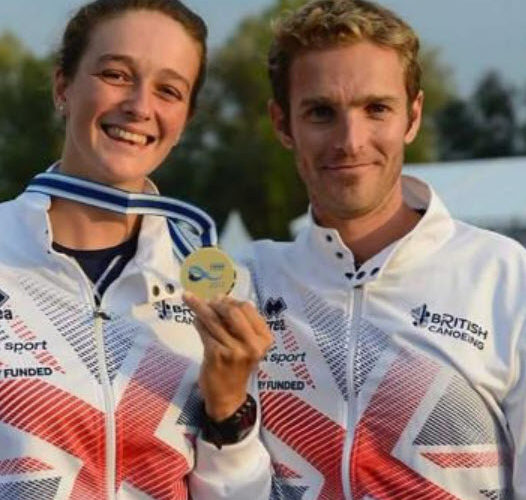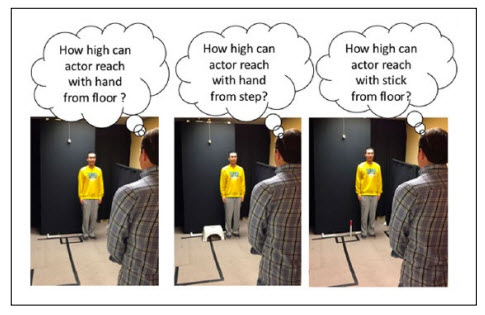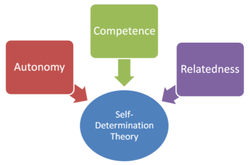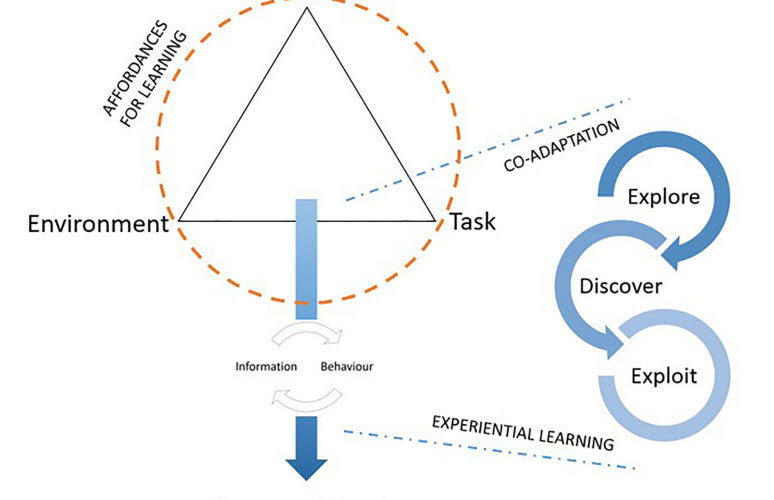440 – Coach Journeys: Greg Souders, Standard Jiu-Jitsu
440 My interview with Greg Souders from Standard Jiu-Jitsu. Developing an ecological dynamics approach to martial arts training.Download link Links: https://www.instagram.com/gdsouders/ More information:Subscribe in iOS/AppleSubscribe in Android/GoogleMy Research Gate Page (pdfs of my articles)My ASU Web pagePodcast Facebook page (videos, pics, etc)Email: robgray@asu.edu Support the podcast and receive bonus content
Read More